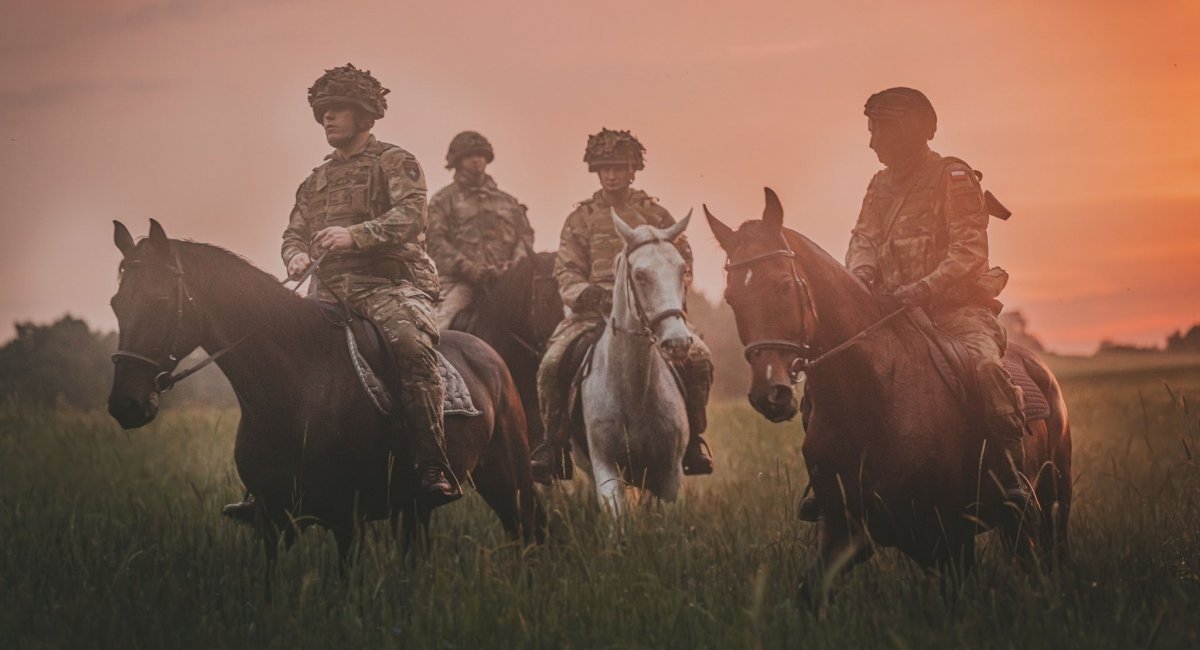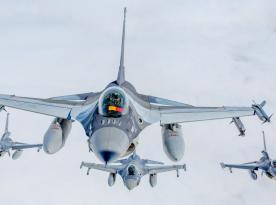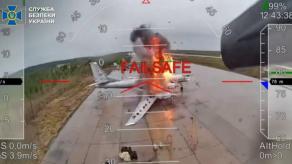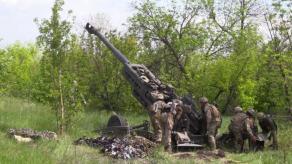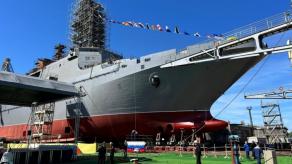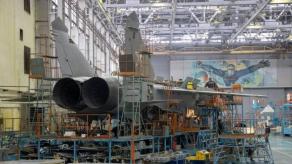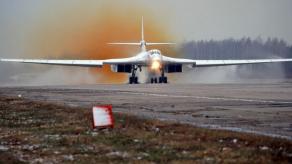The NATO military force unit Enhanced Forward Presence (eFP), part of the forward-deployed presence in Eastern Europe, practices horse-mounted reconnaissance.
Indeed, in the XXI century, the vanguard of the largest military alliance, its most well-trained units intended to be the first ones to meet the enemy, have a cavalry force. This traditional cavalry belongs to The Royal Lancers of the British Army – an armored cavalry unit in its modern meaning, equipped with IFVs and armored cars. This very unit took part in the joint military drill with the 2nd Lubelska (Lublin) brigade of the Polish Territorial Defense Forces.
Read more: What Are 3.5 K Wagnerians in Belarus For - Train Local Troops or Make Raids Across Borders to Neighboring Countries
These drills take place on July 23-30, and in addition to horse-riding activities include elements of modern warfare missions, such as the airborne deployment by helicopters.
Of all the exercises, the horse-mounted ones deserve particular attention. Especially since we know there are more horses in the British Army than tanks: as of late 2022, there were 492 animals against 227 Challenger 2 tanks.
In 2023, the ratio has slightly changed due to the 14 Challenger 2 tanks donated to Ukraine. Later on, it will decrease even further with the UK's plans to modernize only 148 of those tanks to the Challenger 3 standard and decommission all the rest.
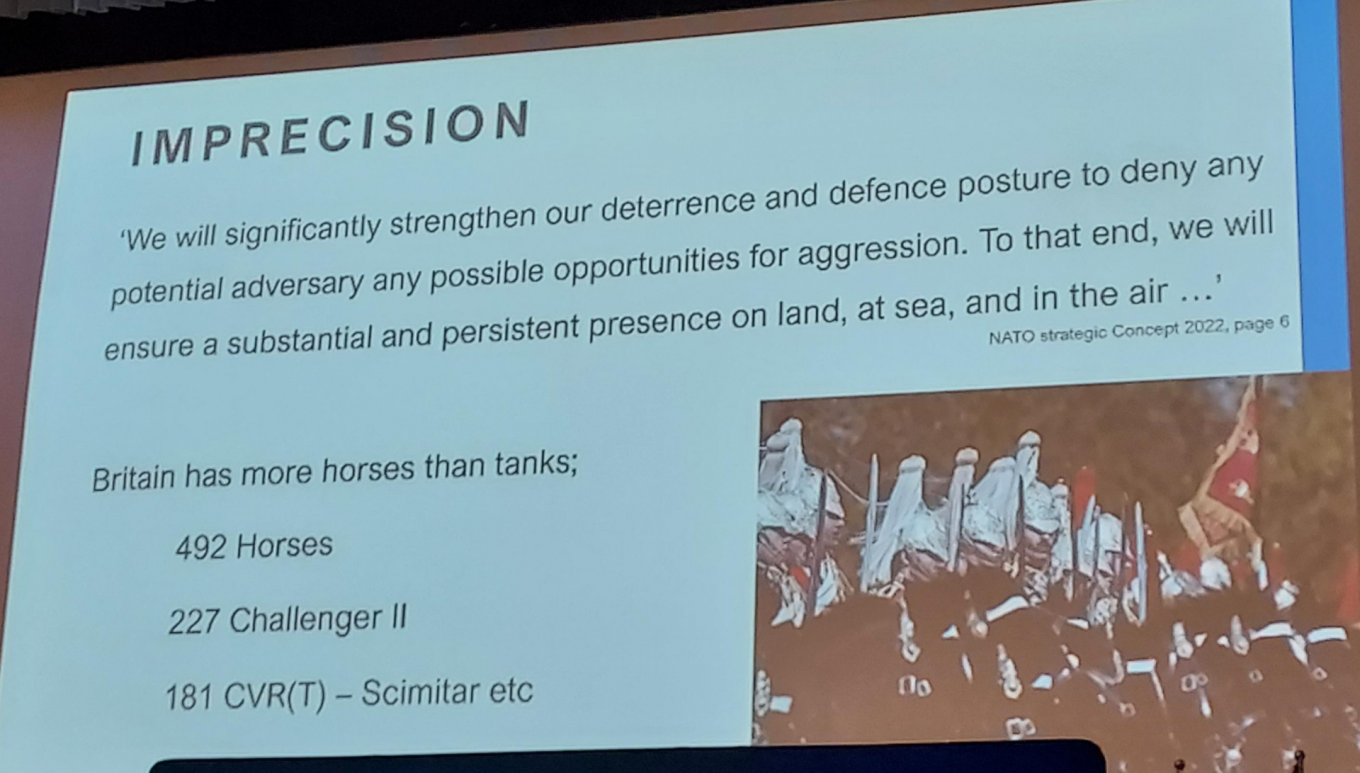
This situation raises the question of whether horse force is still relevant in the modern army at all. Moreover, the Polish-belarusian border is not particularly known for any rough terrain impassable to vehicles.
On top of that, aerial systems can gather intelligence and control the border-adjacent territory much more effectively than cavalry. Not to mention that maintaining a horse is also more expensive than keeping a drone or an all-terrain quad bike.
Specifically, these automated tools don't need 4-5 kg of oat or 6-8 kg of hay each day. That is according to WWII standards, there is not much information in this regard in the nowaday British Army.

But it looks like the power of tradition is too big to reconsider the cavalry issue. Even the recent deployment of 3,500 Wagner Group mercenaries (over 30% of belarusian own manpower) seemingly doesn't change this approach. Earlier Defense Express concluded that the presence of "Wagnerites" in belarus instead of the declared "training" could be engaged for regular raids into either Ukrainian or NATO territories.
Read more: Challenger 1 or Chieftain: Which Tanks Are Being Refurbished for Ukraine and What's the Difference




